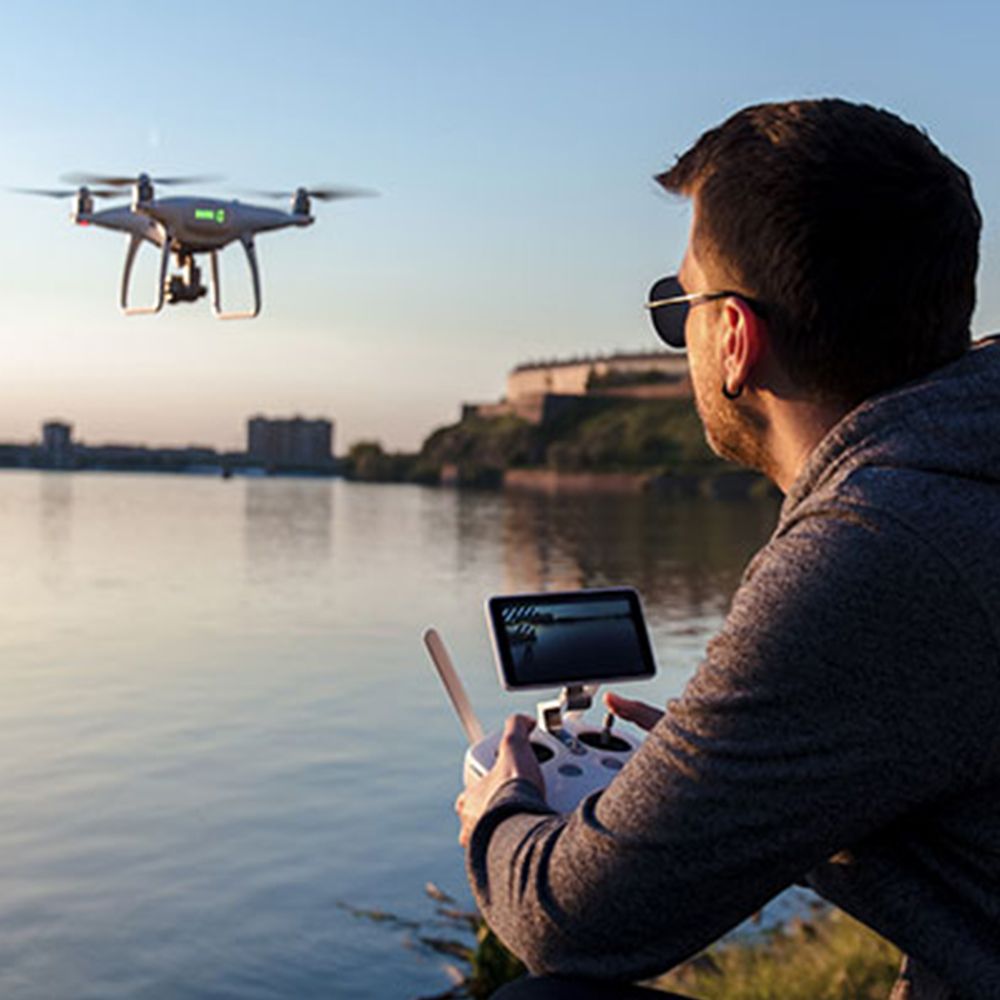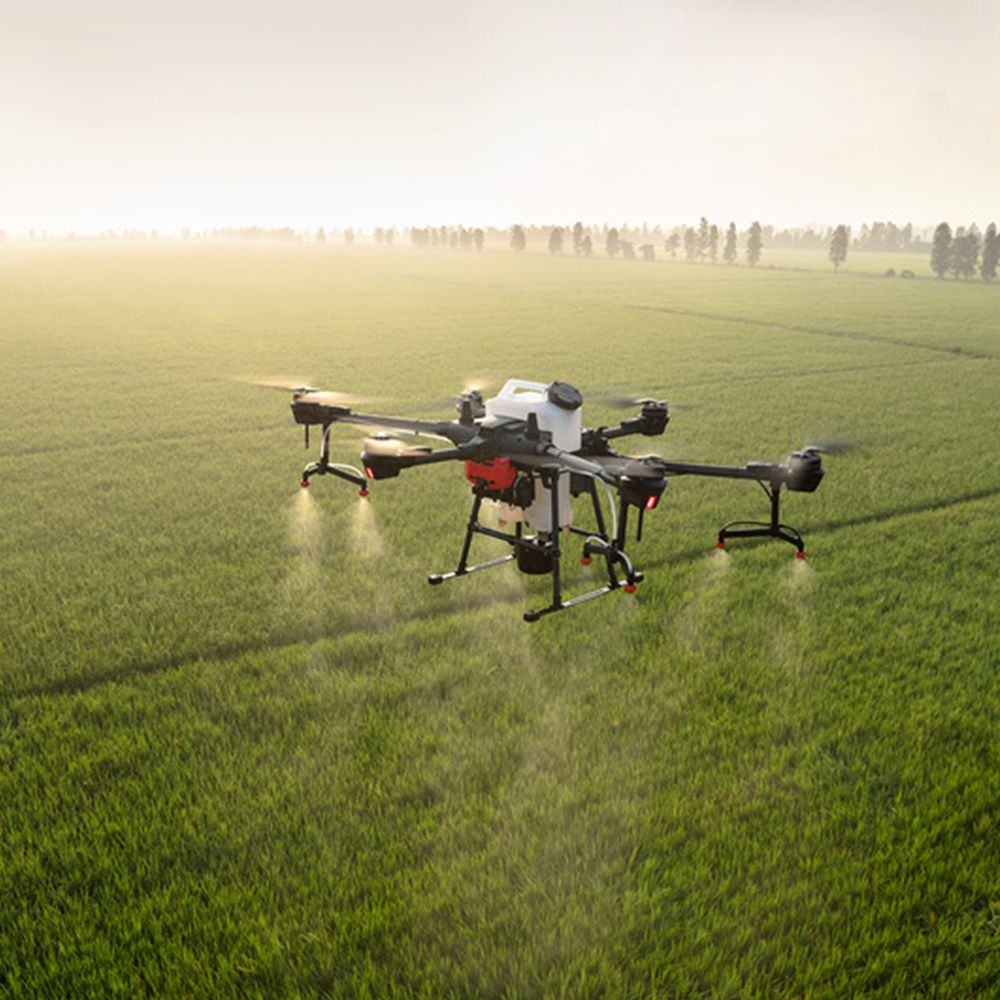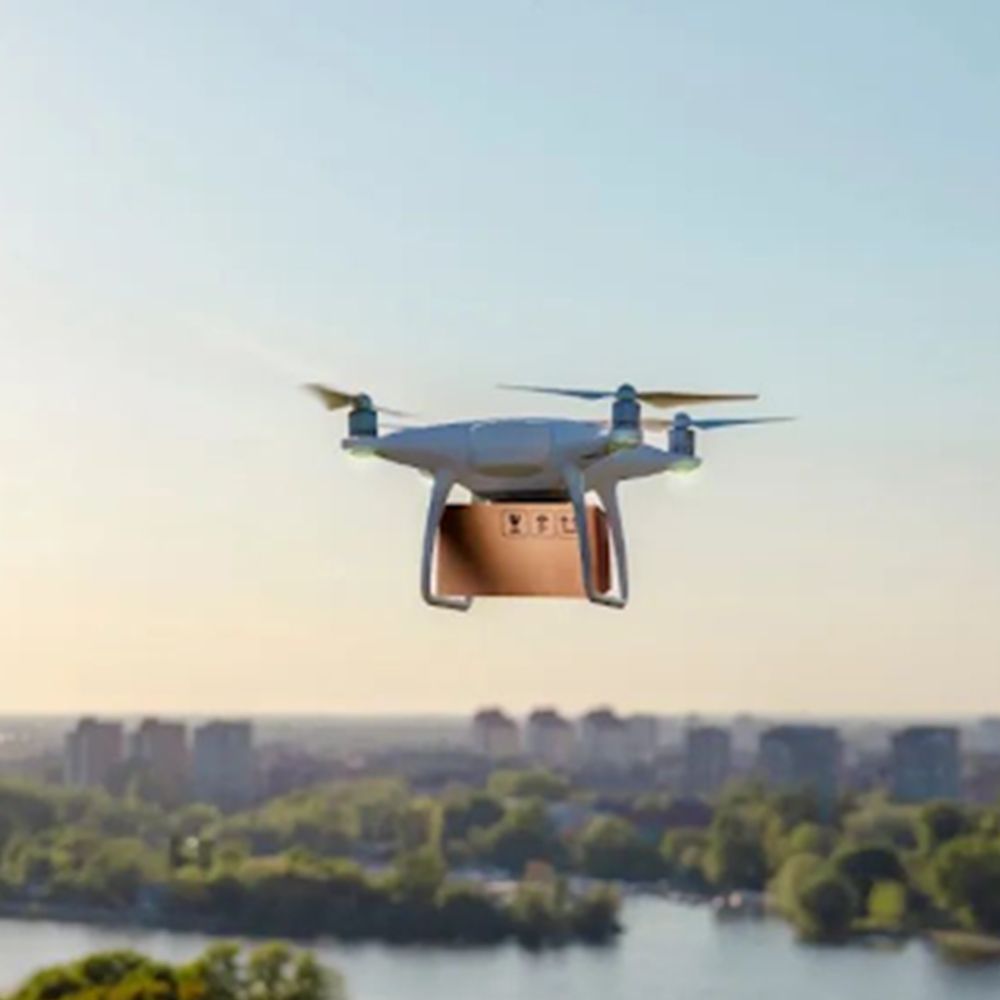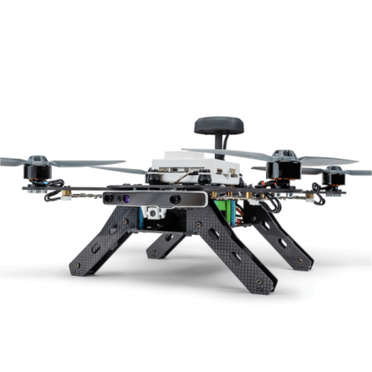Water is one of the most precious resources on our planet. However, pollution, climate change, and human activities threaten water quality worldwide. Fortunately, Unmanned Aerial Vehicles (UAVs), also known as drones, are transforming how we monitor and protect our water sources. These advanced tools offer a fast, efficient, and cost-effective way to collect data and ensure water safety.
How UAVs Are Used for Water Monitoring
1. Aerial Surveys for Water Quality
Drones equipped with high-resolution cameras and thermal sensors can capture detailed images of rivers, lakes, and reservoirs. This allows scientists and environmental agencies to detect oil spills, algae blooms, and contamination without the need for expensive boat surveys. For instance, NASA has used UAVs to monitor harmful algal blooms, which can be toxic to both humans and marine life (source).

2. Remote Water Sampling
Traditional water testing often requires researchers to travel to remote or dangerous locations. UAVs, however, can be fitted with specialized water sampling devices to collect samples from hard-to-reach areas. This technology ensures more accurate and timely data collection while reducing risks to field workers.

3. Detecting Pollution Sources
UAVs play a vital role in identifying sources of pollution. With multispectral imaging, drones can pinpoint industrial waste discharge, sewage leaks, and agricultural runoff. By identifying these issues early, authorities can take immediate action to prevent further damage to water systems.
Benefits of Using UAVs for Water Protection

Faster and More Efficient
Unlike traditional monitoring methods, UAVs can cover large water bodies in minutes, capturing high-quality images and data. This means that scientists can respond to environmental threats much faster.
Cost-Effective Solution
Monitoring water quality with UAVs reduces the need for expensive boats, helicopters, and manual labor. Instead of spending weeks gathering data, drones can complete the task in just a few hours.
Increased Safety
Water monitoring often requires field researchers to operate in dangerous environments, such as polluted lakes or fast-flowing rivers. UAVs eliminate these risks by allowing remote data collection from a safe distance.
The Future of UAVs in Environmental Protection
As technology advances, UAVs will continue to play a crucial role in protecting the environment. With the integration of AI-powered analytics, real-time data streaming, and improved sensors, drones will become even more effective in detecting and preventing water pollution.
At CAE UJT, we offer a range of high-performance UAVs designed for environmental monitoring. Whether you need a drone for water sampling, aerial mapping, or pollution detection, our products provide the best solutions for professionals in the field. Check out our latest drone models here!
Conclusión
UAVs are revolutionizing the way we monitor and protect our water sources. They provide fast, accurate, and cost-effective solutions for detecting pollution, collecting water samples, and ensuring environmental safety. With continued advancements in drone technology, we can look forward to a future where clean water is more accessible and protected than ever before.
To learn more about how UAVs can support your environmental projects, explore our latest drone solutions at CAE UJT or contact us today!
External References:
- NASA: Harmful Algal Blooms Monitoring
- US Environmental Protection Agency (EPA): Water Quality & Pollution Prevention
Facebook: Caeujt
Instagram: caeujt
TikTok: dron7401
Gorjeo: caeujtdrone





